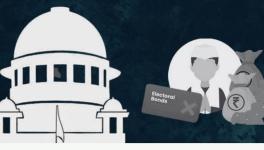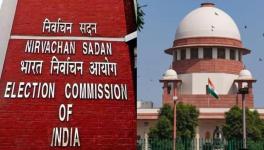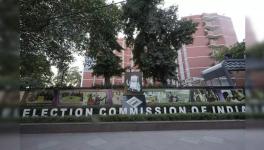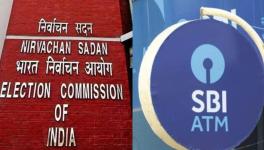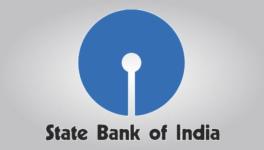Why Loan Defaults by Infra Major IL&FS Can Shake up the Economy
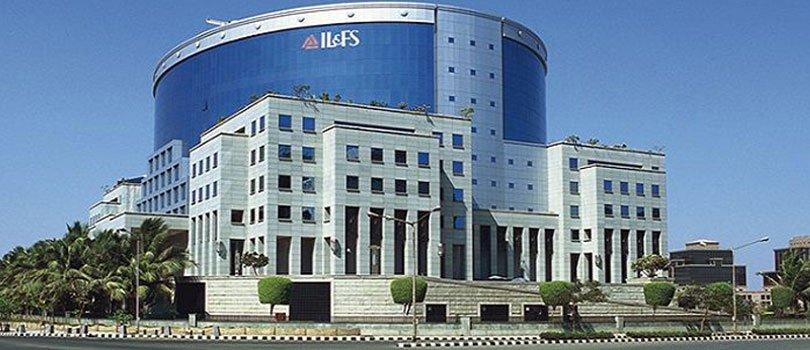
New Delhi: A conglomerate that has been financing and operating many of the country’s largest infrastructure projects — in public-private partnerships — now threatens to drown the country’s banks and debt market (mutual funds, pension funds, insurance companies, etc.) into a financial crisis of unprecedented scale.
The Infrastructure Leasing & Financial Services (IL&FS) has debt of nearly Rs 1 lakh crore — and is facing a massive liquidity crunch. Analysts at Nomura Research have reportedly estimated that 64% of these loans are from banks, almost all of them state-owned.
The IL&FS Ltd is an unlisted holding company — which is the parent corporation to at least 24 direct subsidiaries, 135 indirect subsidiaries, four associate companies and six joint ventures.
According to reports, the IL&FS Financial Services Ltd has loan repayments worth $500 million (Rs 3,600 crore) coming up in the second half of this financial year. However, it has cash amounting to only $27 million (around Rs 194 crore).
The IL&FS Financial Services Ltd has already defaulted in repaying a short-term loan of Rs 1,000 crore to the Small Industries Development Bank of India (SIDBI). One or more subsidiaries of IL&FS are also reported to have defaulted in repaying loan worth about Rs 500 crore. According to MoneyLife, since IL&FS Financial Services Ltd is a Non-Banking Financial Company (NBFC), it is not covered under the Insolvency and Bankruptcy Code (IBC).
On September 17, credit-rating agency ICRA downgraded the company’s creditworthiness to ‘D’ (default grade), after it could not meet its repayment obligation for short-term and long-term borrowings worth more than Rs 12,000 crore. Credit rating agency CARE also downgraded several subsidiaries of IL&FS.
Domino Effect of Default
The impact of this loan default is likely to be so widespread that this article in Bloomberg even compared it to the collapse of Lehman Brothers, which precipitated the 2008 global financial crisis. As the same Bloomberg article points out, the extent of the exposure in the market to the bad debt of IL&FS is not even clear yet. And worse, not only do the state-run banks have massive exposure to the bad debt, but these banks have also lent to some of these same troubled projects.
Seeks Govt Bail-out
Predictably, the conglomerate has turned to the government to bail it out with taxpayer money.
According to reports, the company needs to immediately raise capital between Rs 3,000 crore and Rs 4,000 crore — and there are talks of the Life Insurance Corporation (LIC) bailing it out.
The government-owned LIC is the largest shareholder in the IL&FS, with 25.34% shares — followed by Japanese financial services group ORIX Corporation (23.54%), Abu Dhabi Investment Authority (12.56%), HDFC (9.02%), Central Bank of India (7.67%) and State Bank of India (6.42%).
There was a report that the LIC had rejected the loan facility, forcing the company to approach the Finance Ministry.
However, another report said the shareholders led by the LIC “have asked the management to table a comprehensive turnaround and deleveraging plan” before bailout talks could be initiated. The latter report said the company management was designing a “monetization plan” to raise up to Rs 5,000 crore through the sale of assets held by its subsidiaries.
On August 29, the company’s board had reportedly approved plans to raise funds through a Rights Issue (shares offered at a special price to existing shareholders) of 30 crore equity shares at Rs 150 per share, amounting to Rs 4,500 crore. A statement issued by the company had said that the process would be completed by October 30.
“As on March 31, 2018, IL&FS net worth was Rs 7,400 crore. In addition, the Board approved the re-capitalization of group companies to the extent of Rs 5,000 crore in IL&FS Financial Services, IL&FS Transportation, IL&FS Energy, IL&FS Environment, and IL&FS Education,” the company had said.
“The Board also approved the Company’s specific asset divestment plan based on which IL&FS expects to reduce its overall debt by Rs 30,000 crore. Out of a portfolio of 25 projects identified for sale, firm offers have already been received for 14 projects.”
LIC as the Saviour?
As for its divestment plan, the company statement said it would be done over the next 12 to 18 months.
But why should LIC pay the price for corporate misgovernance? As Sucheta Dalal of MoneyLife points out, this is clearly a case of cronyism, mismanagement and almost total lack of accountability and transparency. She says that such “‘professionally managed’ companies” often “posture as quasi-government entities”, and are “not subjected to any government oversight such as by Central Vigilance Commission or Comptroller & Auditor General of India.”
In fact, an article in The Wire points out, the total remuneration for senior management (including salary and other benefits) rose disproportionately between FY2014 and FY2018, “a period in which the group’s fortunes decisively plummeted”
In fact, the founder and chairman of the IL&FS group, Ravi Parthasarathy, stepped down in July citing health reasons.
But former LIC chairman SB Mathur has been appointed the new non-executive chairman of IL&FS.
So, does this mean that LIC will emerge as the knight in shining armour to save the damsel (IL&FS) in distress, even after reports that LIC had rejected doing so? Isn’t the government milking the cash-rich LIC whenever it needs to bail out crisis-hit entities — for example, the way LIC was made to buy the debt-laden and sinking IDBI Bank? Why should the public money be used to rescue corporates that are in financial trouble because of their own mismanagement?
Get the latest reports & analysis with people's perspective on Protests, movements & deep analytical videos, discussions of the current affairs in your Telegram app. Subscribe to NewsClick's Telegram channel & get Real-Time updates on stories, as they get published on our website.











